Design system themes
How might we ensure consistency across different platforms and devices?
View design system themes
How might we create a scalable design system that evolves with our brand while maintaining a consistent user experience?
Enterprise Design System (EDS) is a true design system for a financial firm, built from the ground up to support our entire digital ecosystem. EDS provides creators the resources and guidance they need to design consistent, accessible user experiences at scale. The system is flexible, adaptable, and will evolve as the needs of our organization does. With this integrated and systematic approach, we can maintain and project a unified brand identity.
Executive leadership support for the design system initiative resulted in funding to increase our team size with two specialized external agencies. I coordinated both agencies to bridge our design token strategy, the design development of our components, and overall contribution to our reference documentation site.
Our team of 20+ members is organized into two smaller squads to break down the bulk of work into smaller increments. As an individual contributor, I worked across both the "Delivery" and "Enablement" squads, splitting my time 50/50.
Delivery focuses on operational component functions such as design tokens, design toolkits, and coded catalogs, while Enablement focuses on adoption efforts.
We had a total of 6 months to deliver a fixed number of components. Our ramp up went from announcement of enterprise initiative, to onboarding external agencies, to crowdsourcing use cases, to consolidation, design iterating, testing, developing, and finally releasing.
To consolidate all of our design system output, we consolidated into one reference docsite internally known as design.fmr.com.

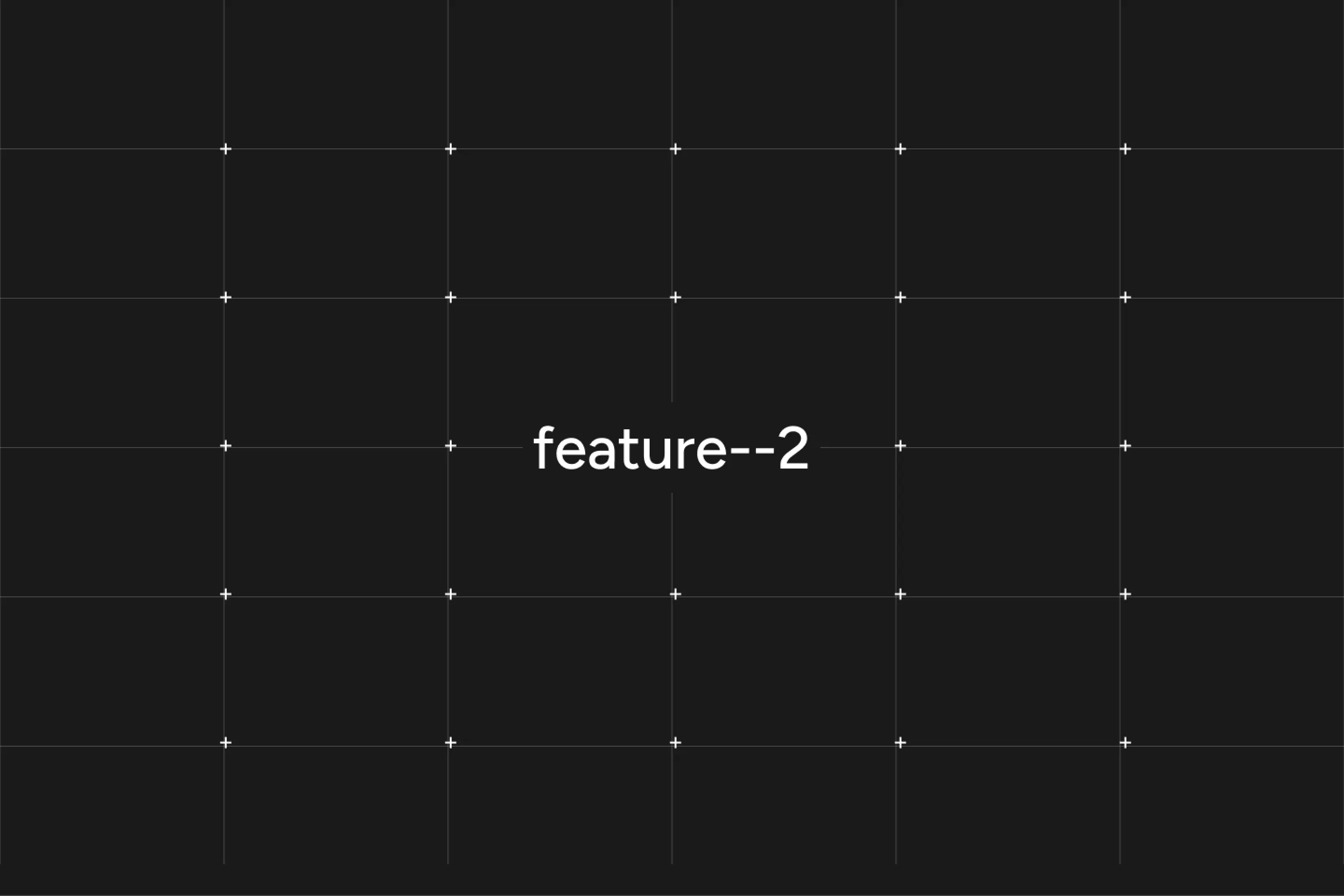
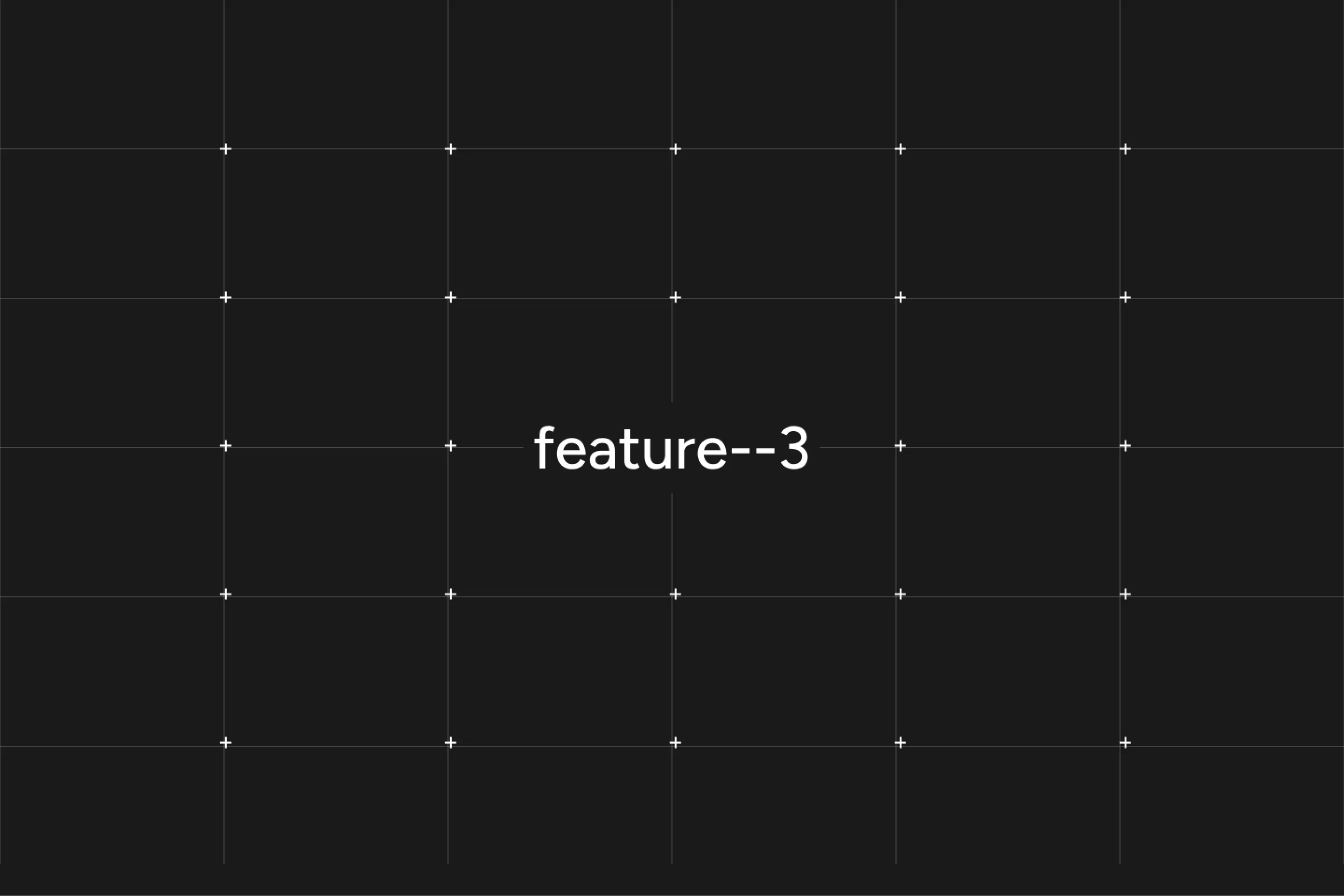

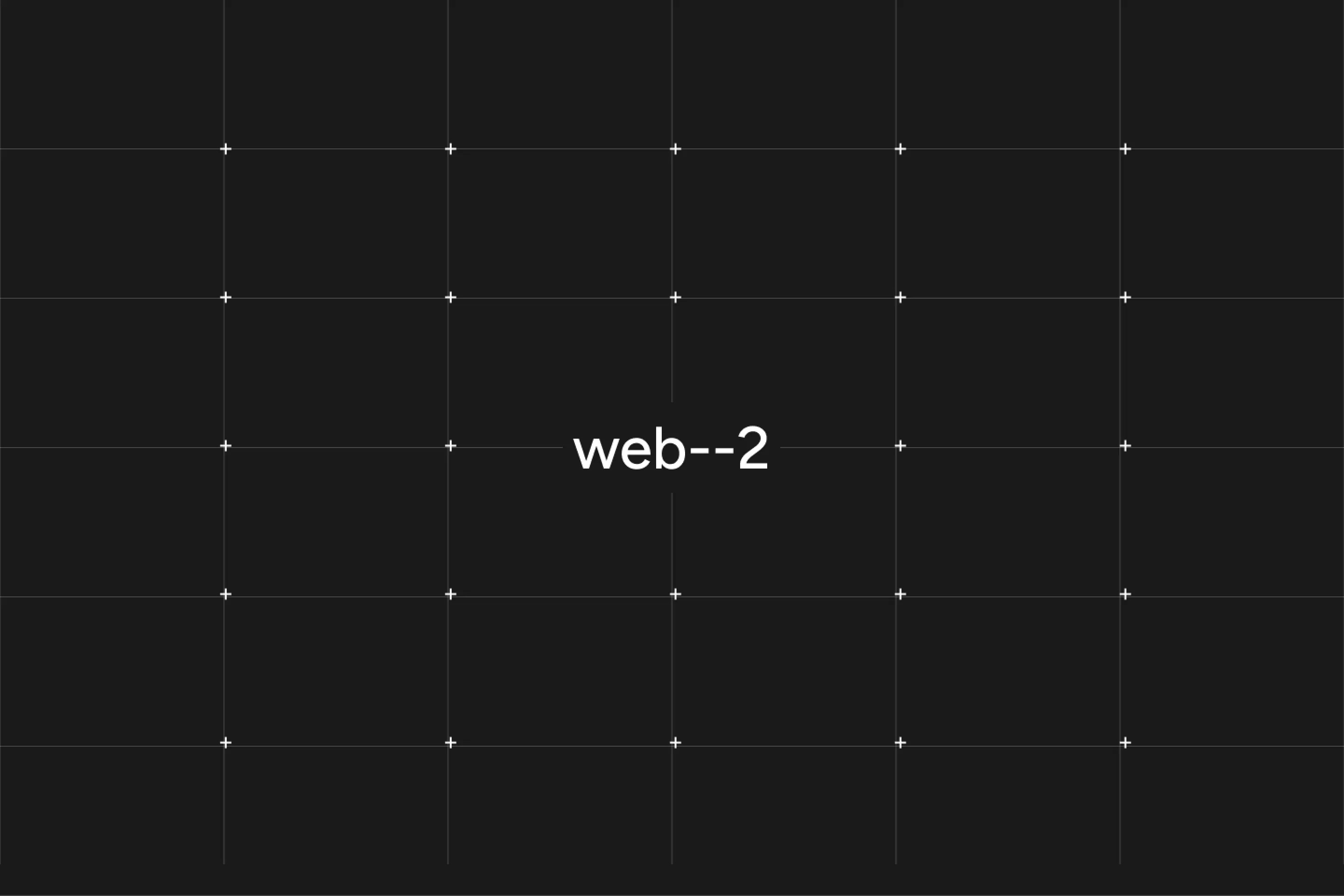
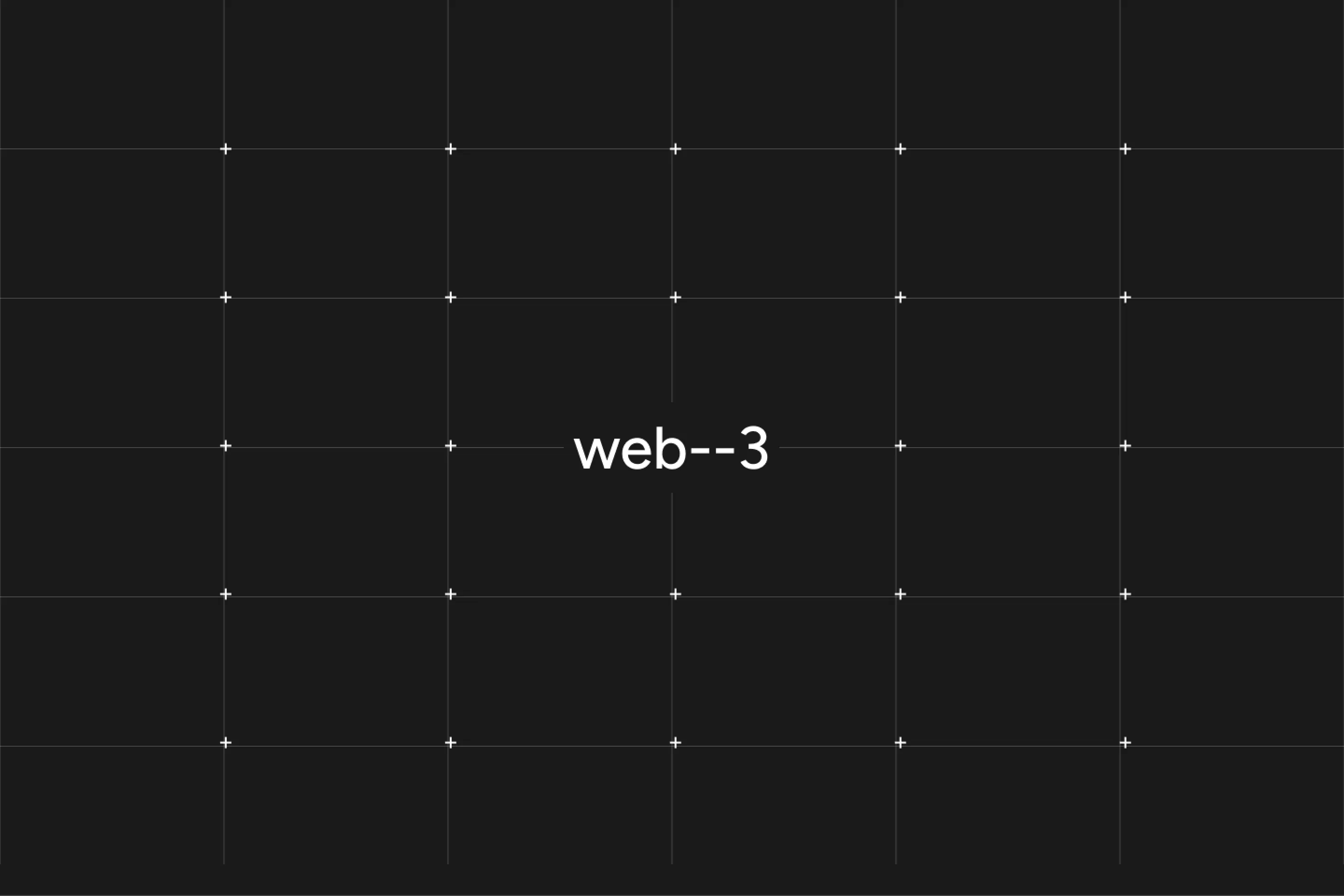

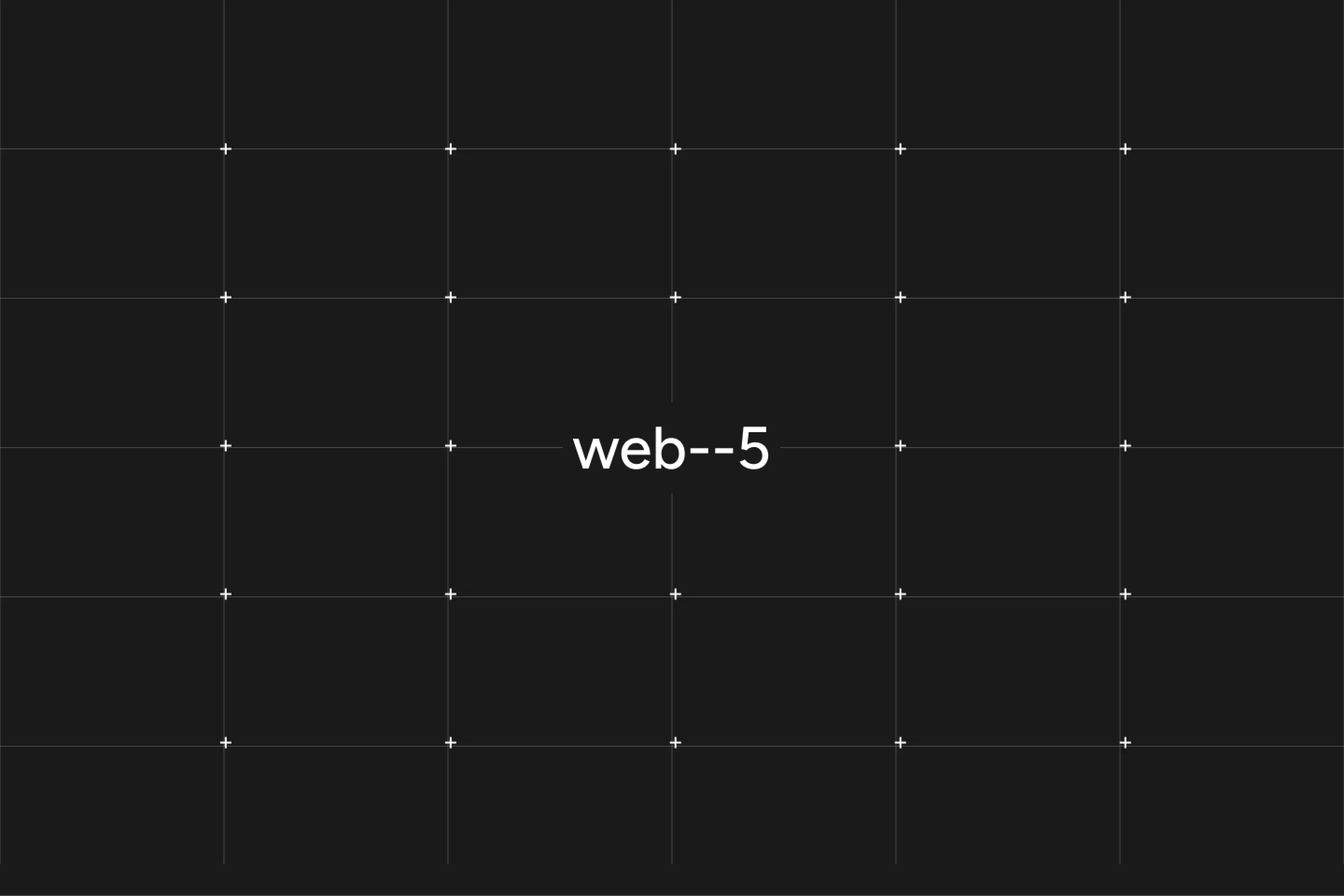
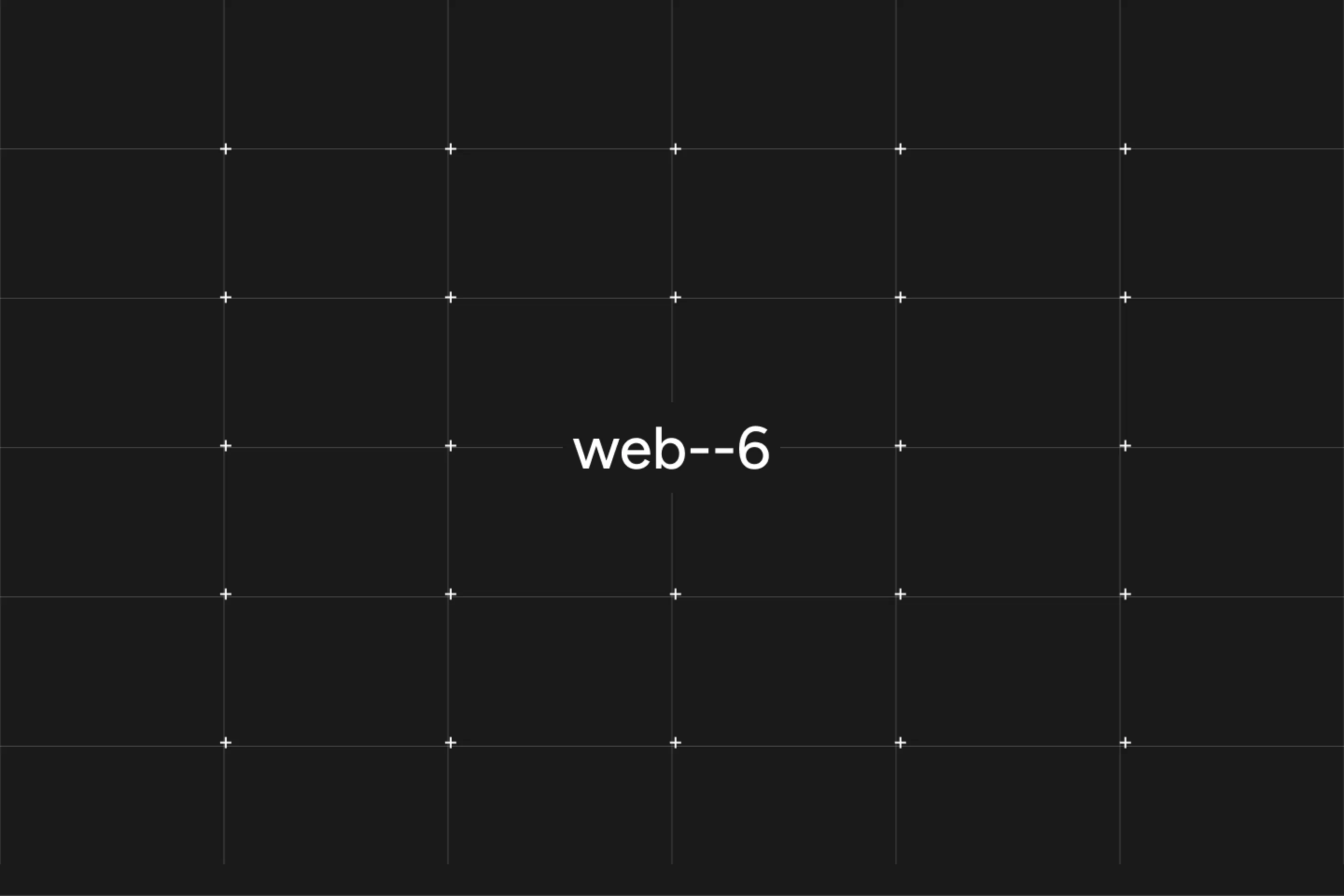
Background FPO
How might we ensure consistency across different platforms and devices?
Design system themes
